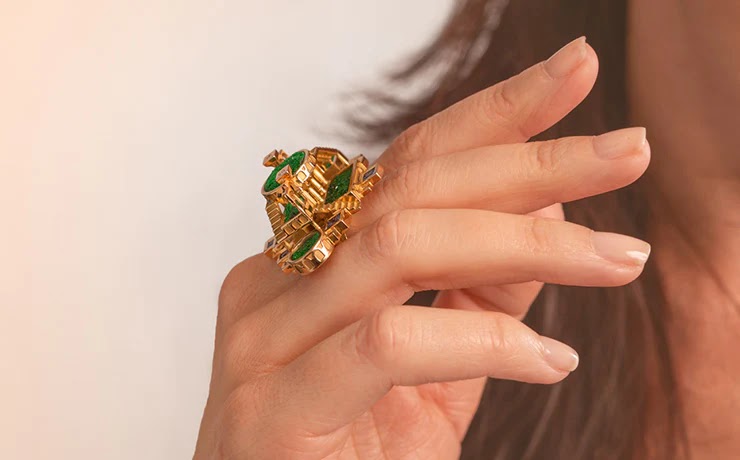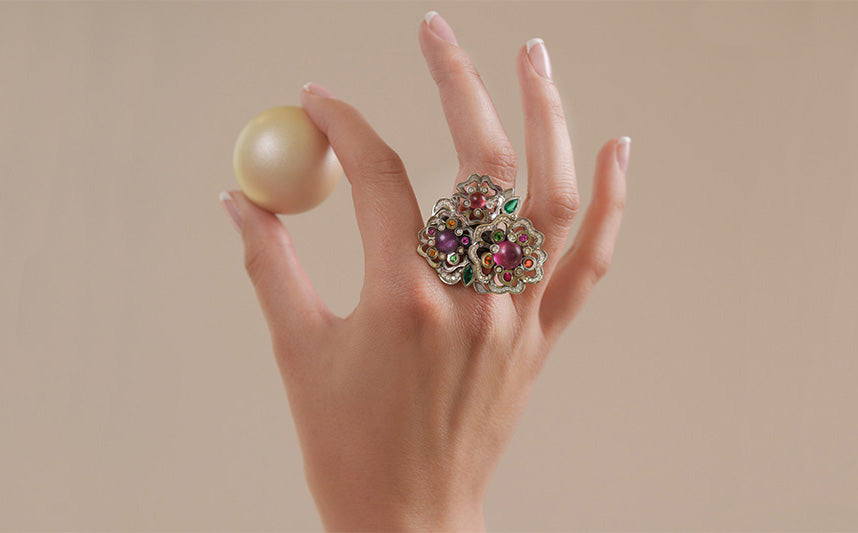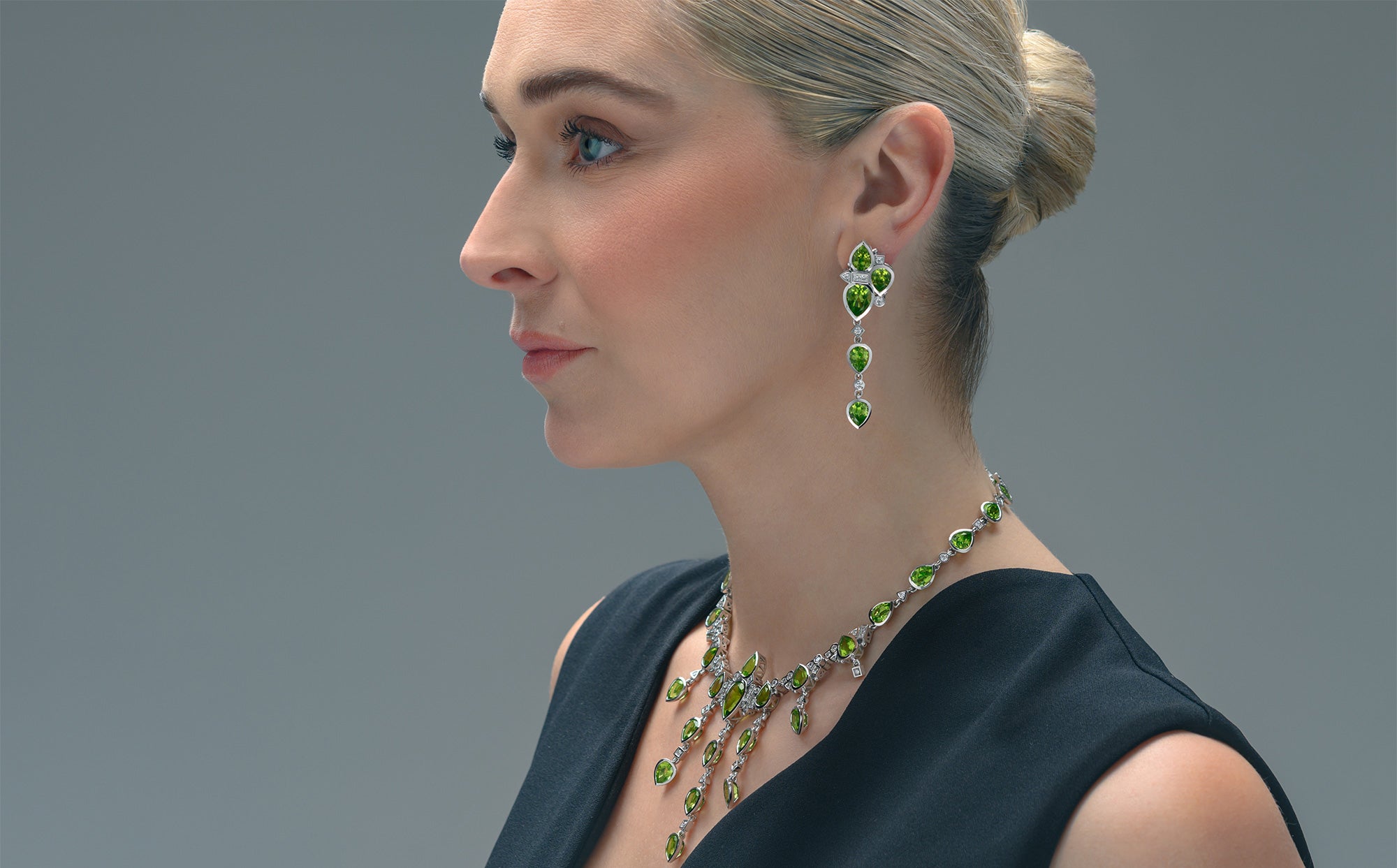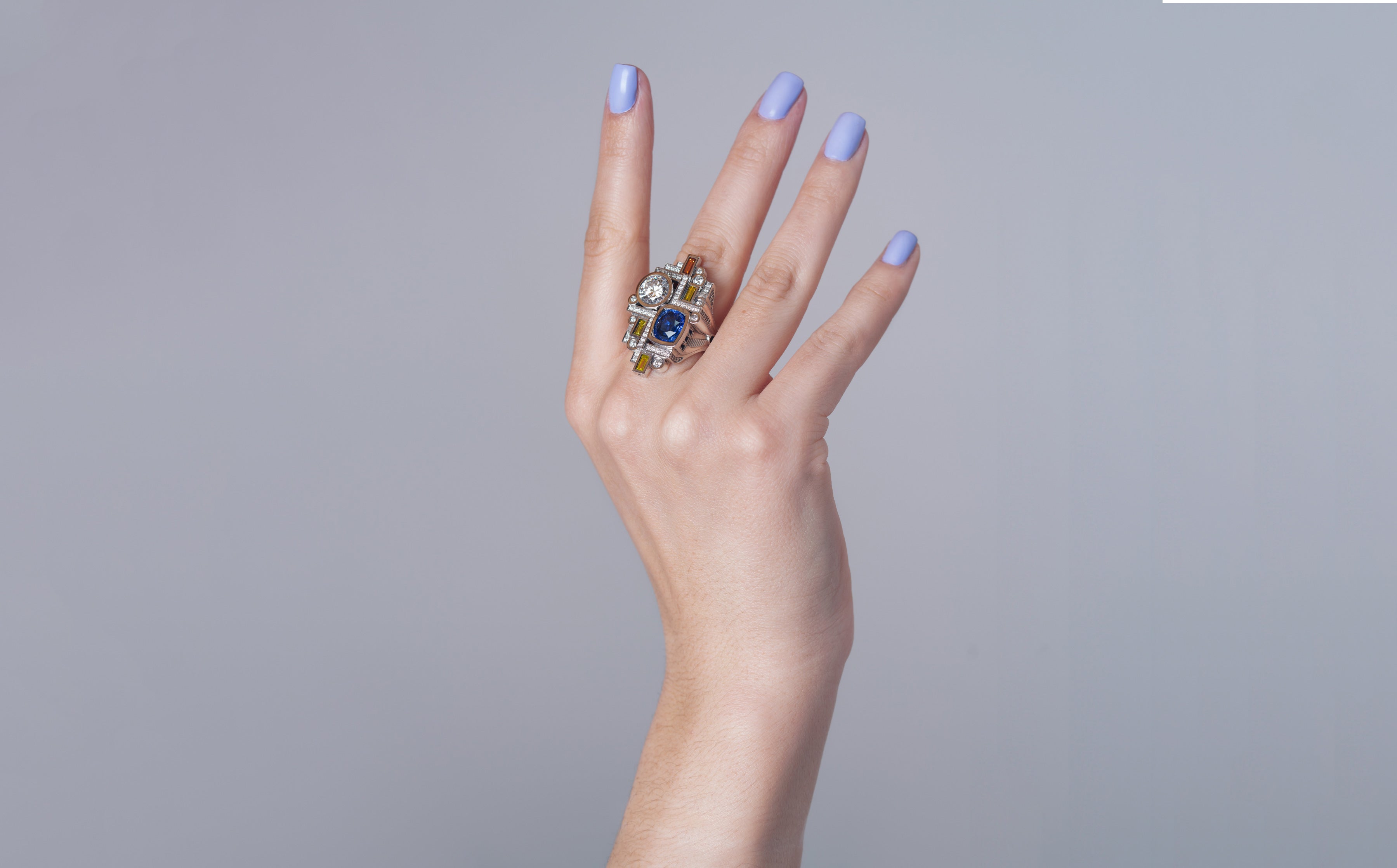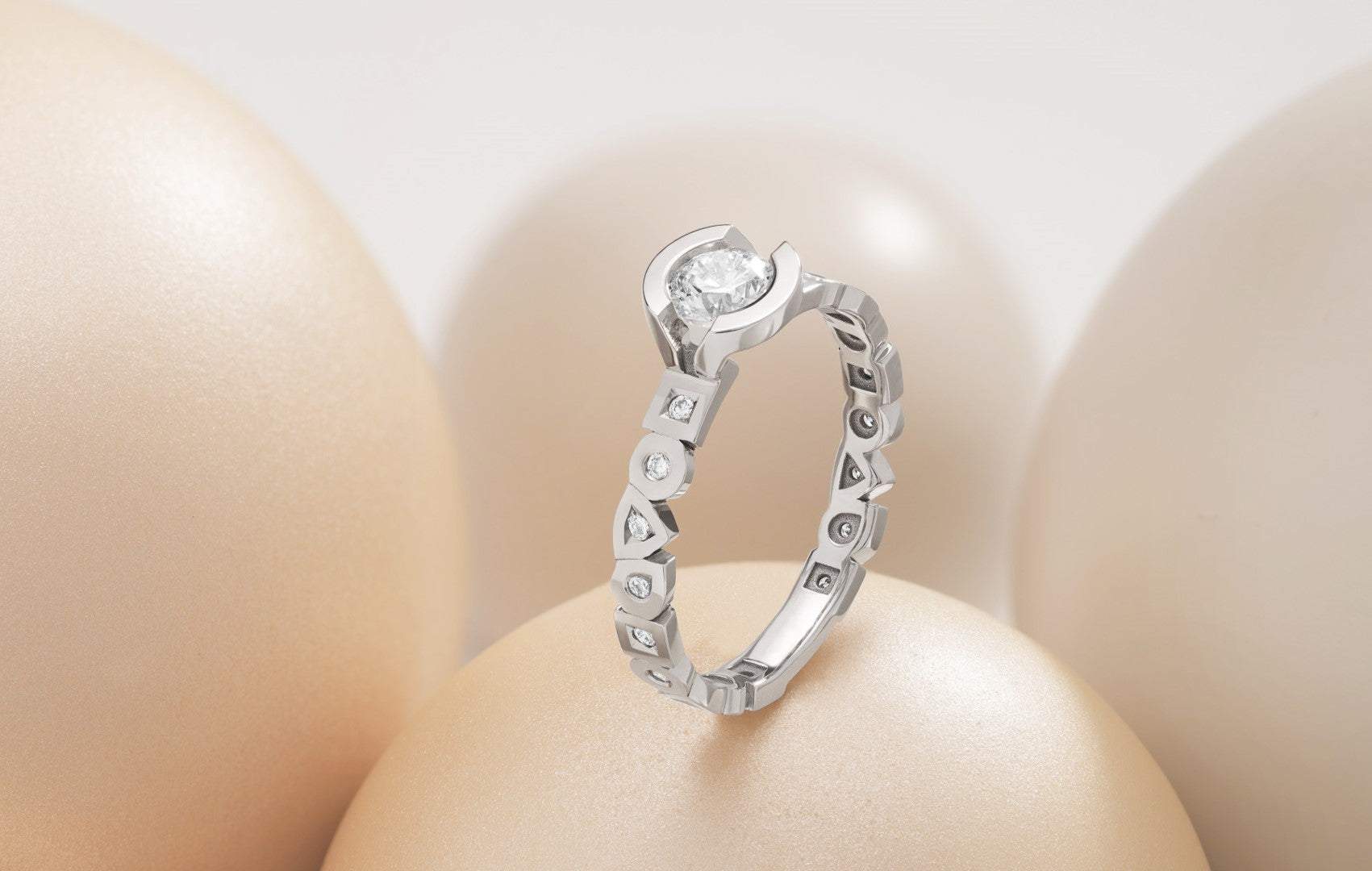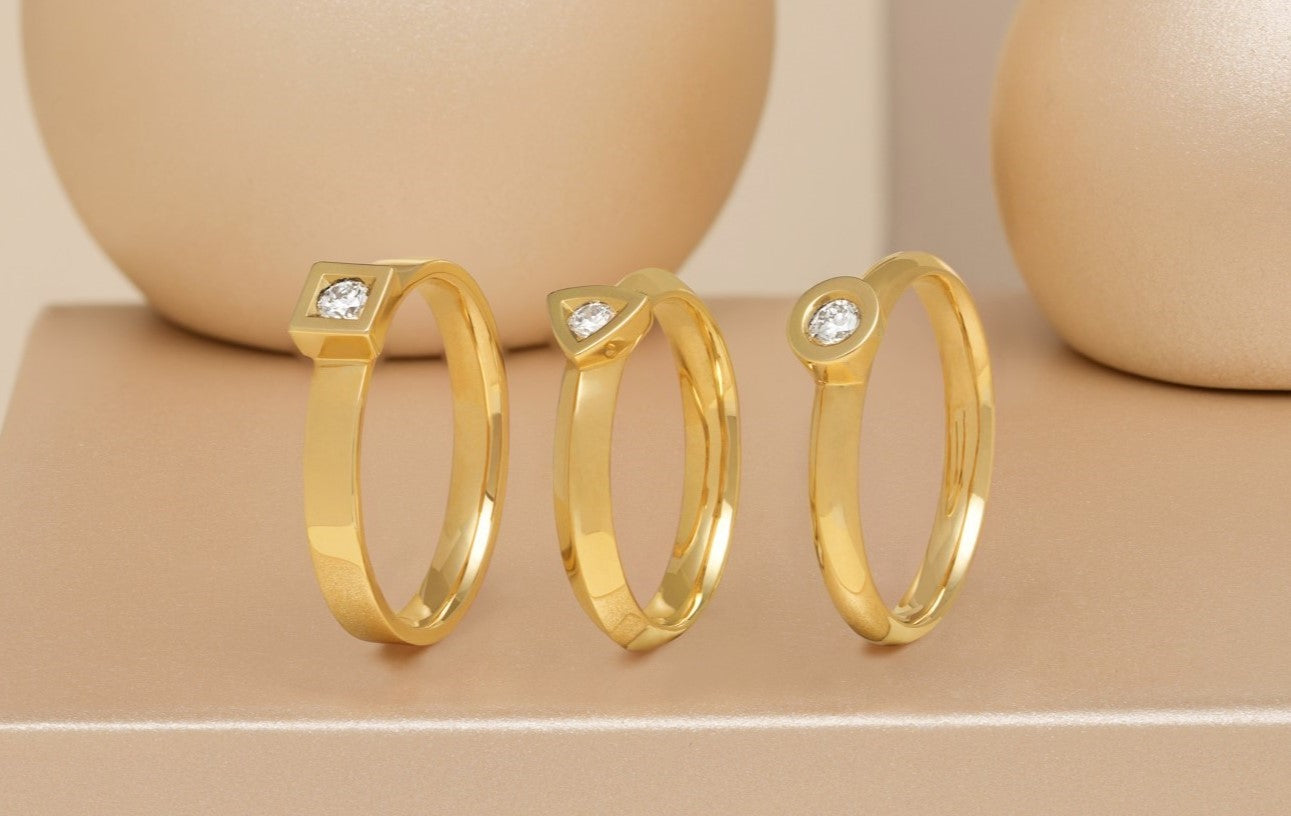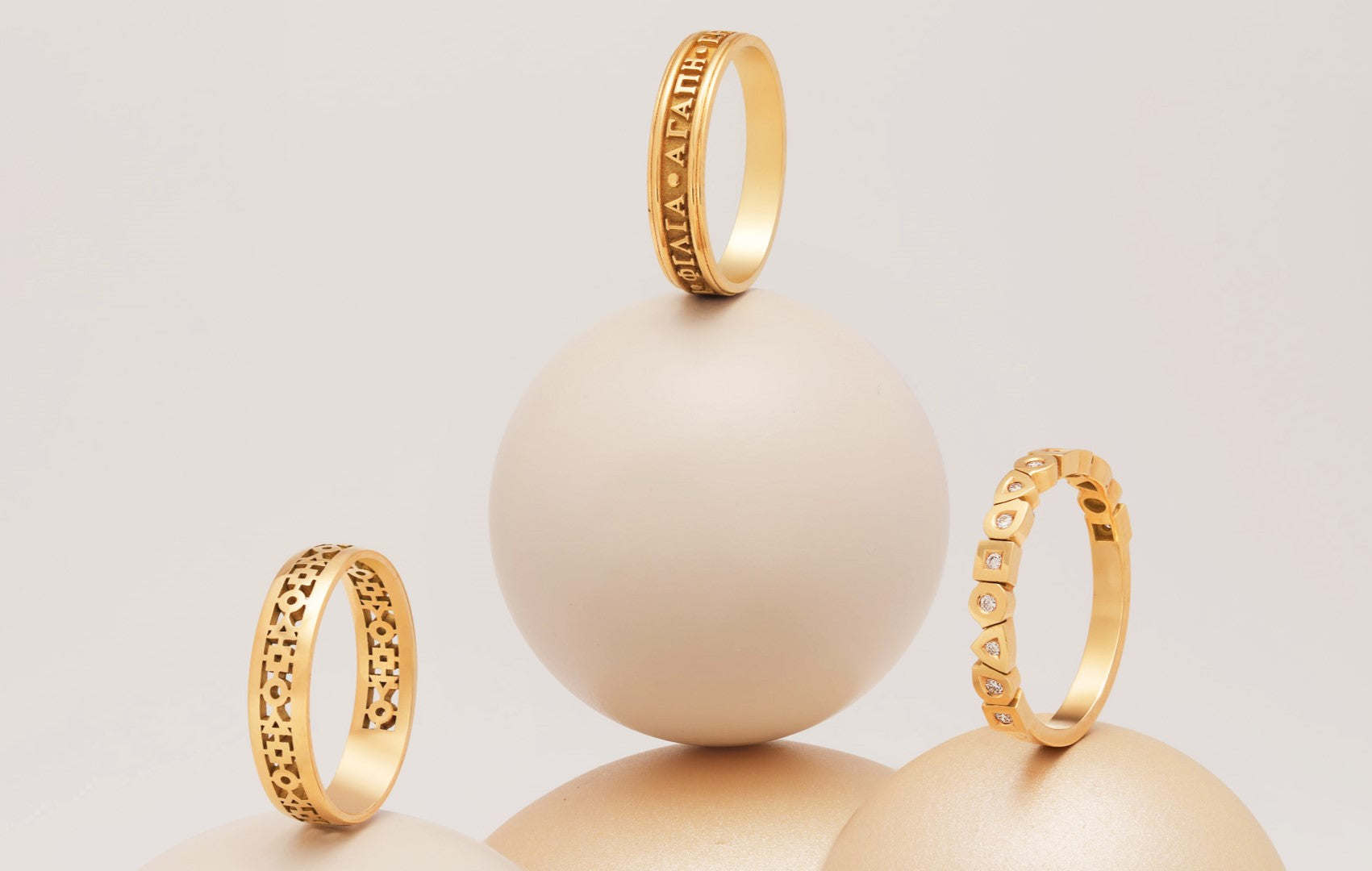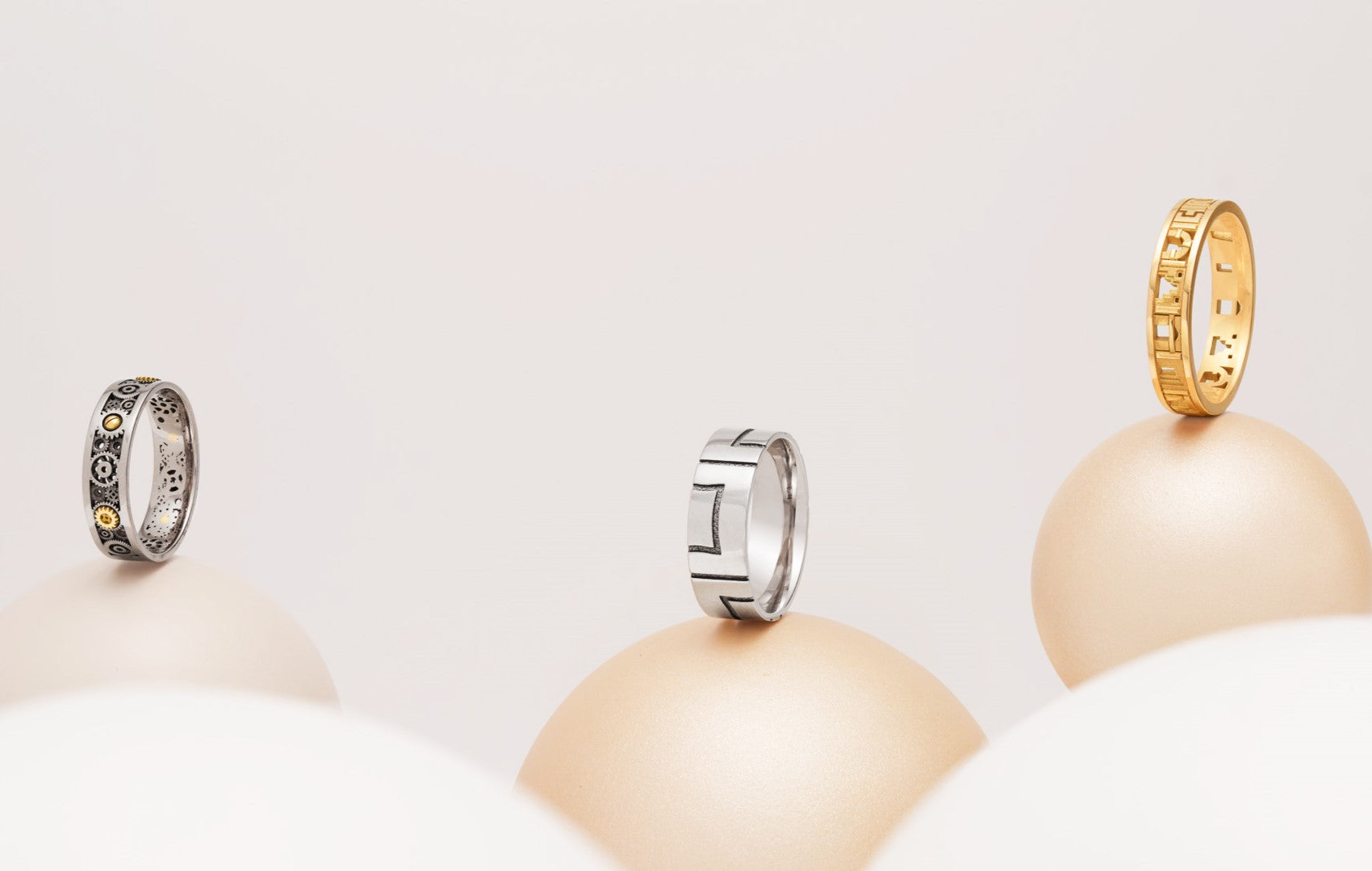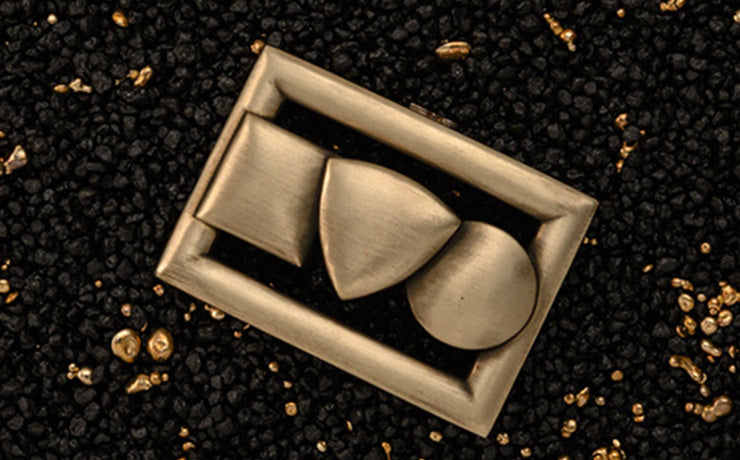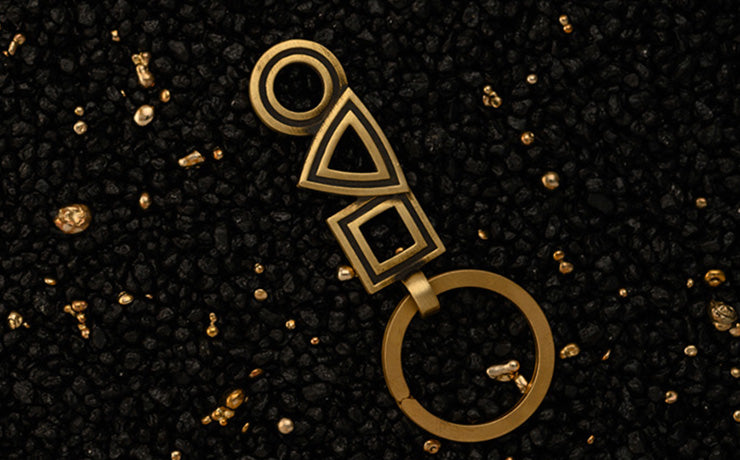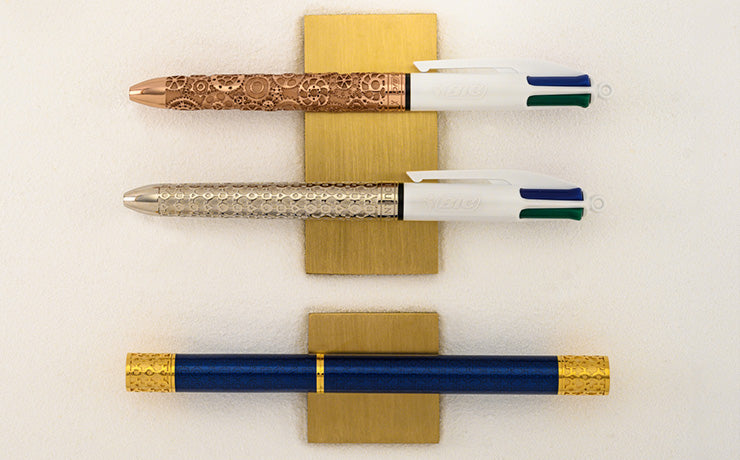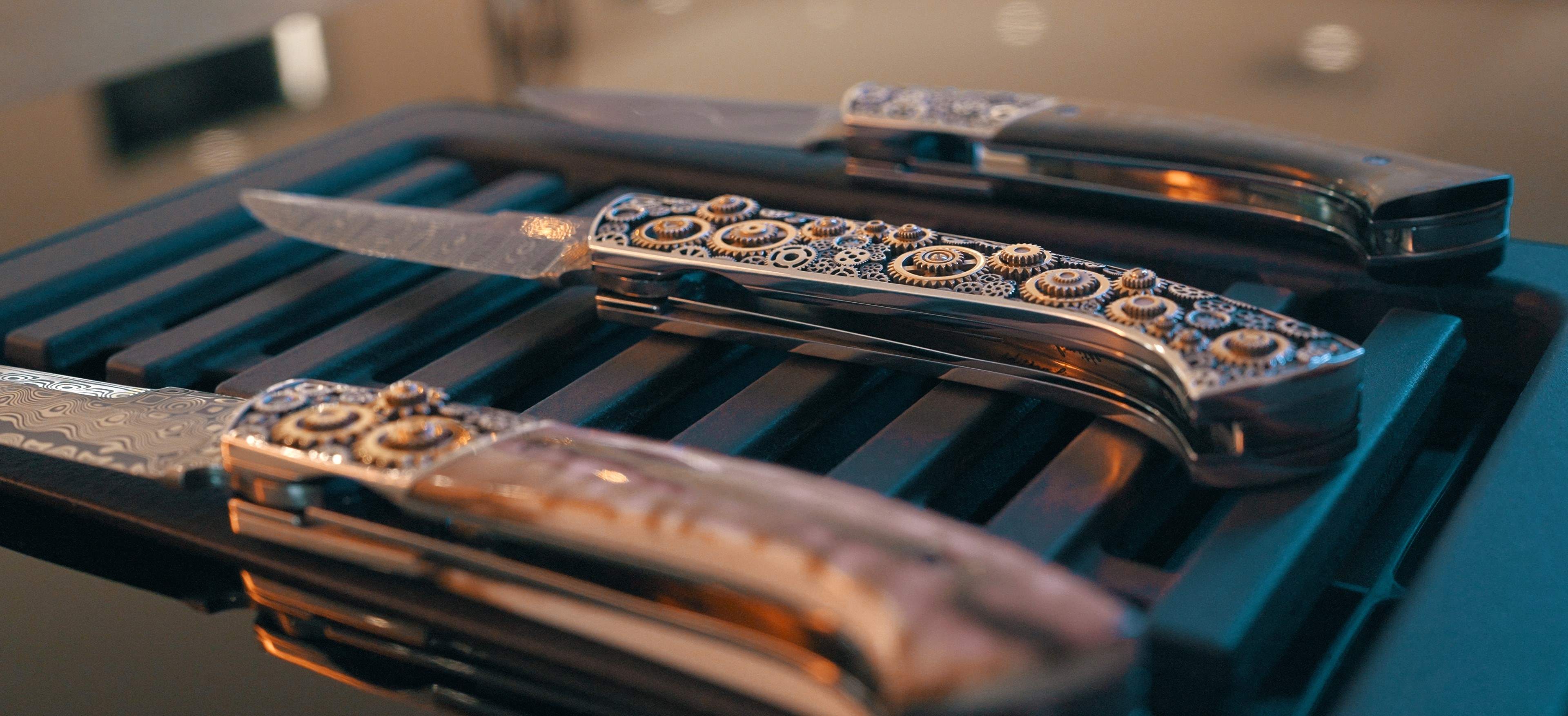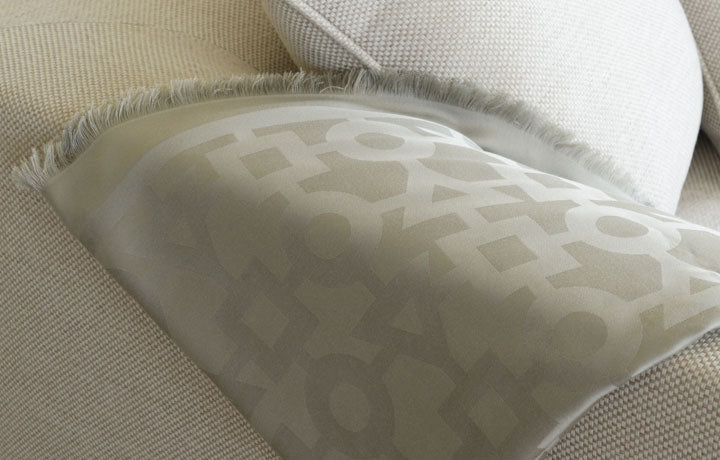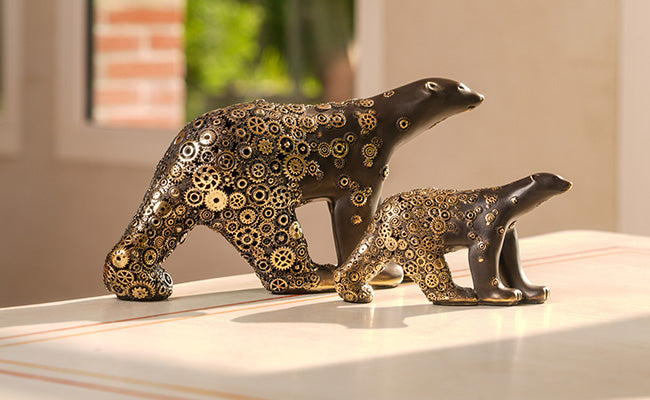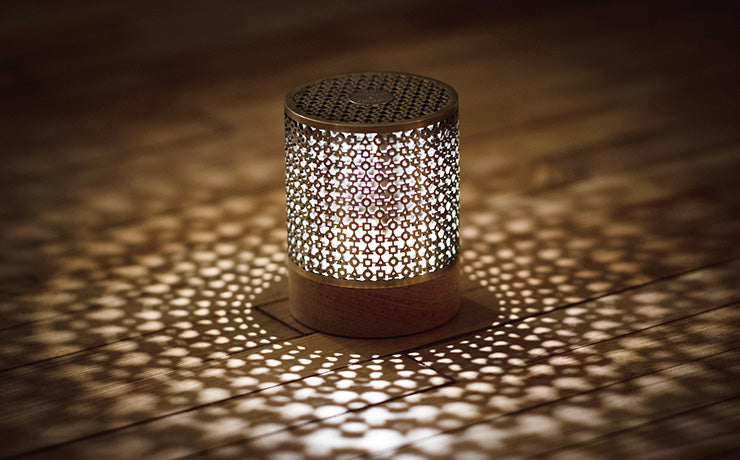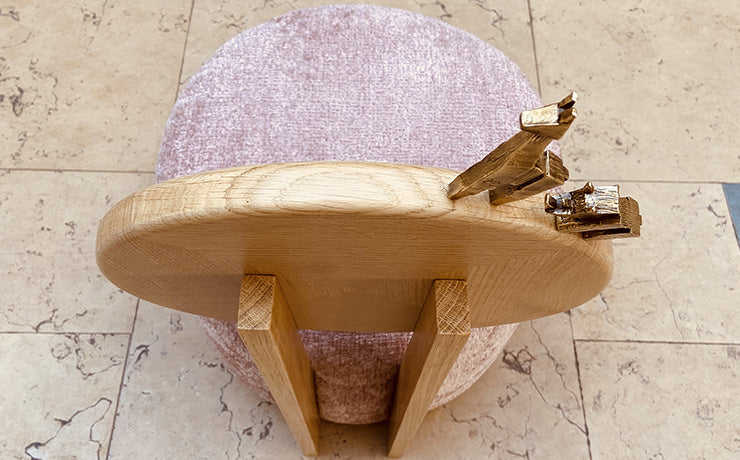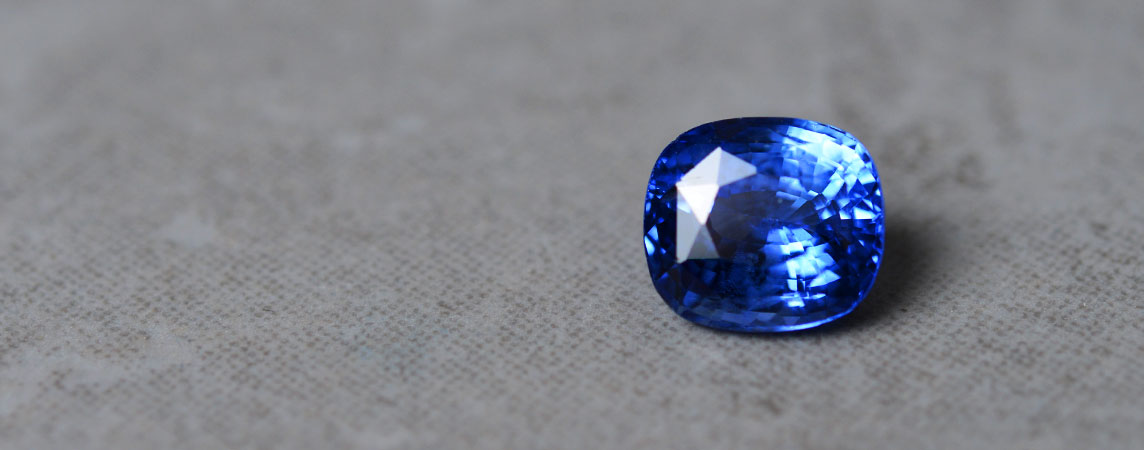
SAPPHIRES AND RUBIES
Sapphires and rubies
Sapphires and rubies both belong to a large family: the corundum family. They have the property and richness of being available in a rainbow of colors. We commonly associate blue with sapphire and red with ruby. And that's without taking into account the many different shades of light that these much-loved gems come in!
In addition to blue, sapphire can be colorless, yellow, orange, pink, violet, green, black... When it's red, it's generally called ruby. Thanks to impurities, oxides and other elements infiltrated during their formation, these corundums offer us a multitude of colors to contemplate. Nature's imperfections become a sublime asset. The diversity of these gems extends even further: some sapphires and rubies can be starry or change color depending on the lighting. So many treasures to discover through the beauty of these legendary gems...
The family traits of sapphires and rubies...
Common properties of sapphires and rubies
Both corundum varieties have the same hardness: 9 on the Mohs scale(hardness scale from 1 to 10, 1 for dry soap and 10 for diamond). As a result, they are highly resistant to scratches and can be worn daily, in any form of jewelry.
They are aluminum oxides (i.e. composed of aluminum and oxygen). Their crystals can be hexagonal pyramids, barrel-shaped...
The characteristics of sapphires and rubies include: bands of color that intersect like silk threads, giving the gem a velvety appearance; areas of color concentration; small crystals; fingerprint-like liquid inclusions.
Some of these imperfections can work in favor of color, others against it. This is why the lapidary's work is crucial: depending on the cut, the brilliance will be different and the gem more or less sparkling. The aim is also to retain as much weight as possible while highlighting the gem's strengths, which often means transforming these flaws into advantages.
Both are born in a parent rock such as marble, gneiss or basalt, and are mined both at altitude and near rivers.
Sources of these gems are spread around the world, with a clear concentration in Asia and Africa.
Heating our beloved corundum
Bien sûr la nature fait parfois tellement bien les choses qu’aucun traitement n’est nécessaire : elle crée elle-même des gemmes pleines de vie. Lorsque ce n’est pas le cas, l’homme continue le travail que la nature a commencé. De nombreux traitements existent pour rendre saphirs et rubis plus agréables à contempler. Parmi eux, la chauffe. Ce procédé est un traitement d’embellissement pour révéler et renforcer la vraie couleur des pierres. La plupart des saphirs et rubis commercialisés aujourd’hui font l’objet de cette pratique, qui existe depuis l’Antiquité au Sri Lanka et ne dévalorise la gemme en aucun cas. Certains corindons sont trop pâles, pas assez pétillants,ou au contraire trop foncés… Les chauffer artificiellement n’altère en rien le fait que ce sont des pierres naturelles, seulement leur éclat est mis en lumière. Tout comme la nature permet leur couleur lors de la formation, l’homme prend le relais et applique les mêmes conditions afin de dévoiler leur beauté. La chauffe se distingue nettement des autres traitements plus récents qui s’avèrent très intrusifs et qui peuvent dénaturer la gemme (exemple : rubis dont les fissures sont comblées par du verre coloré pour leur donner meilleure apparence). Dans ce cas, un corps étranger est introduit dans la pierre : elle n’est donc plus considérée complètement naturelle.
An established reputation...
Sapphire and ruby are among the four gems considered to be the most precious (the other two being diamond and emerald). This is no coincidence, as these are hard stones that are highly resistant to impact.
For millennia, these corundums have been associated with the finery and crowns of the most prestigious people, evoking powerful symbols: passion, beauty and wisdom for rubies, and nobility, belief and sincerity for sapphires.
And of course...the most obvious thing they have in common is the attraction they exert on lovers of sparkling, beautiful pebbles...and have done ever since they were first discovered.
These gems are a must-have, a must-have: how can you get tired of the diversity of colors and brilliance with which nature has graciously endowed them?
Sapphire: the hidden face of a corundum we always thought was blue...
In its purest form, aluminum oxide is colorless. It is the impurities and other elements that determine its color. When we use the term sapphire, we mean blue sapphire. In Greek, "sappheiros" means "blue-colored stone". It is the combination of impurities such as iron and titanium that gives sapphire its coveted color. The more iron a sapphire contains, the bluer its color.
- Sa provenance: tout comme pour le rubis, l’Asie constitue le berceau du saphir. Les trois sources qui ont marqué le plus son histoire sont le Cachemire, le Sri Lanka et le Myanmar. Les saphirs bleus provenant de ces localisations sont considérés comme étant de meilleure qualité que nulle part ailleurs. Le Sri Lanka représente l’une des terres les plus riches en gemmes au monde. La plupart des saphirs considérés de qualité supérieure et dont le poids dépasse les 100 carats provient du Sri Lanka. Selon sa provenance, différents termes et caractéristiques sont attribués au saphir, parfois à défaut. Et il n’est pas évident d’affirmer l’origine d’une pierre en se basant simplement sur son éclat, ses inclusions, l’intensité de sa couleur… Par exemple, on appelle « saphir Cachemire » le saphir dont la couleur s’apparente à celle du bleuet de par sa couleur dominante violet-bleu à pur bleu velouté et sa profondeur, critères typiques des saphirs provenant du Cachemire. Ce genre de saphir est très rare. D’autres sources asiatiques importantes sont la Thaïlande, le Vietnam, la Chine et le Cambodge. Plus généralement, on trouve aussi des saphirs en Afrique (Niger, Kenya, Mozambique, Tanzanie) et à Madagascar, où de nombreux saphirs sont extraits depuis des décennies. Ils sont souvent revendus ailleurs sous l’appellation de saphir du Sri Lanka ou de Ceylan. Il existe aussi d’autres sources telles que l’Australie et les Etats-Unis (dans l’état du Montana). La plupart des saphirs sont taillés en Asie.
-Un arc-en-ciel de saphirs: le saphir a une face cachée…Il peut prendre une multitude d’apparences, comblant ainsi les plus exigeants de ses admirateurs… L’une des couleurs les plus convoitées est l’orange-rose, orange rosé : il s’agit du célèbre Padparadscha, qui signifie « fleur de lotus » en cingalais. Cette couleur sublime comparable à la chair d’une goyave mûre élève ce saphir au rang des plus nobles et des plus estimés. Il doit sa couleur à des éléments tels que le fer et le chrome. Sa couleur est unique. Tout comme les Padparadscha, les saphirs d’un rose pétillant intense sont très appréciés car peu communs et d’une beauté sans égal. Leur couleur est due en grande partie au chrome. Une combinaison de fer, chrome et titane contribue en général à donner sa couleur pourpre au saphir. Il existe des saphirs pourpres-rouges dont la couleur n’est pas due au chrome mais à la présence béryllium. Les saphirs verts tiennent leur couleur de plusieurs éléments dont le fer et le titane. Il n’est pas toujours évident de trouver des saphirs verts d’une vive intensité et d’un éclat vibrant. D’autres pierres telles que les tsavorites, les tourmalines ont en général un vert plus vif. Le fer intervient aussi dans la couleur jaune-orange d’un saphir.
Traces of chromium are sometimes added to give this color. Colorless sapphire or "leucosaphir" (leuco meaning white, colorless in Greek) is the purest of sapphires, as it is not colored by any impurity. It has often been used as a diamond substitute and is now more affordable. As is black sapphire, which has enjoyed a successful period with the success of black diamonds. Philippe Tournaire likes to paint with the palette of colors offered by sapphire, a gem full of surprises. By combining them, the artisan jeweler creates a harmony all his own: sparkling colors burst forth from the painting to bring it to life. It's the magic of the sapphire rainbow!
Ruby is the red corundum par excellence
In Sanskrit, ruby is called "ratnaraj", meaning "king of gems". Considered the most prized variety of corundum, ruby owes its color to chromium. The more this element is present, the more intense the red. There's a great deal of controversy surrounding the naming of this gem: there's sometimes a fine line between an intense pink sapphire and a bright, sparkling raspberry-pink ruby.
- Sa provenance: un terme revient souvent lorsqu’il s’agit de décrire la meilleure couleur de rubis : « sang de pigeon ». Il est très rare de voir du sang de pigeon réellement ! Cette image indique un rouge légèrement teinté de pourpre, c’est un type de rubis bien spécifique. Le créateurs de bijou Philippe Tournaire ne s’arrête pas à cette description : il choisit ses rubis pour leur couleur vibrante, intense, pétillante et pleine de vie. En parallèle, cette appellation fait référence aux rubis du Myanmar et en particulier à Mogok,
the most historically significant source of rubies. Despite established criteria of value, it goes without saying that the beauty of a ruby depends on individual appreciation and is therefore subjective. Rubies are found mainly in Myanmar, Cambodia, Thailand, Nepal, Sri Lanka, Afghanistan and Pakistan. Africa is also a rich source of rubies: Kenya, Tanzania, Malawi and Madagascar. This gem, unique for its intense red color and so adored the world over, stands out from the rest and is steeped in history forever. Coveted as soon as it was discovered, it was one of the first coloured gems to be imitated, thousands of years ago, by simple bits of coloured glass. But its impurities, which characterize it like sapphire, and its unrivalled color are not deceiving. The charm of nature's imperfections also lies in the fact that they herald the natural character of a sublime gem like ruby.
Chameleon and star corundum: "enigma stones
Le saphir, les saphirs « arc-en-ciel » et le rubis sont les acteurs majeurs de la famille des corindons. Cependant cette famille est grande et compte parmi ses membres des saphirs et rubis d’un autre type, tout aussi extraordinaire et haut en couleur ! Savez-vous que les gemmes montrent parfois de merveilleuses étoiles ? Une fois de plus, les pierres nous transportent dans un monde imaginaire qui nous permet de rêver… Il existe en effet des saphirs et rubis étoilés. Ce phénomène physique appelé « l’astérisme » fait apparaître une étoile à six branches la plupart du temps (parfois 4, parfois 12 branches, mais cela reste très rare). Cela se produit lorsque la lumière réfléchit de petites inclusions semblables à des épingles scintillantes, qui interagissent en plusieurs directions. Ces gemmes sont taillées en cabochon, ce qui permet d’être aux premières loges devant le spectacle insolite donné par une étoile dans une pierre énigmatique. Un saphir ou rubis étoilé de très bonne qualité doit montrer une étoile fine, distincte, centrée sur le dessus de la pierre et qui reste de même forme lorsqu’on la regarde depuis des angles de vue différents. Quoiqu’il en soit, plus le contraste entre la couleur de la pierre et l’étoile est prononcé, plus cela lui vaut d’être estimée. Globalement, on trouve ces corindons étoilés dans les mêmes régions que les saphirs et les rubis ne montrant pas ce type de phénomène. Philippe Tournaire aime sublimer ses créations de bijoux en y incluant des rubis et des saphirs étoilés aux couleurs étranges et finement choisies, qui quelques fois transcendent la bague.Le charme insolite de ces gemmes est alors mis en lumière. Autre cas atypique de corindon, le saphir « caméléon » : Il change de couleur selon la lumière à laquelle il est exposé. Ainsi, cette gemme intrigante d’aspect bleu-violet à la lumière du jour revête une robe pourpre teintée de rouge à la lumière artificielle. L’élément déclencheur de ce phénomène est le vanadium. Cette impureté est rarement présente lors de la formation des saphirs, ce qui rend ces gemmes« caméléons »encore plus uniques du fait de leur rareté. On les compare souvent à une gemme appelée alexandrite, qui dévoile la même particularité.
The corundum family is more than just blue sapphire and red ruby. It encompasses the colors of the rainbow, the stars... This diversity is its strength. The same gem, with different inclusions, transforms and metamorphoses. So many colors to contemplate, so many journeys through these beauties that nature offers us... The kingdom of sapphires and rubies is constantly being rediscovered, with a pleasure that is renewed each time. Philippe Tournaire is very fond of this gem with a thousand faces, which is a key element in the creations of its jewels.
We organize gemology workshops where you can learn more about sapphires and rubies of all kinds. Enter the colorful corundum family!
The guarantee of uncompromising craftsmanship
Our titles and labels




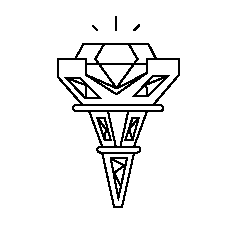
Made in France
Made in our workshop

100% secure payment
3x free of charge possible

Free delivery & returns
100% secure and free

Jewellery committed
Ethical and responsible jewelry

